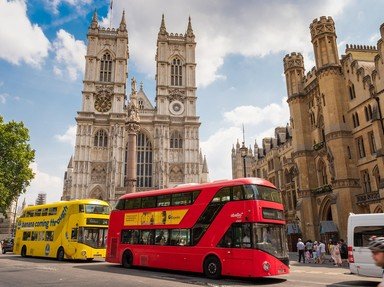Quiz Answer Key and Fun Facts
1. How did London's Piccadilly Circus get its fashionable name?
2. Vauxhall's origin has a roundabout and very distant royal connection. What is this?
3. The War of Jenkins' Ear was the inspiration for naming the part of London known today as Portobello Road.
4. Which famous road in England features Harrods of London?
5. The Beatles walked across this famous road in 1969. Can you name it?
6. Which British King, whose father lost his head, had a private thoroughfare, called Portugal Road today, which was used to travel to Kew from one of his residences?
7. How did the famous residential Street that Sherlock Holmes lived upon, get its name?
8. This famous thoroughfare in London dates back to 1053 and is featured in the game of Monopoly. Can you name it?
9. This famous London street has been associated for years with fashion. Which one is it?
10. Britain's Chancellor of the Exchequer (usually) lives at this address. Which of these is it?
Source: Author
Creedy
This quiz was reviewed by FunTrivia editor
bloomsby before going online.
Any errors found in FunTrivia content are routinely corrected through our feedback system.


